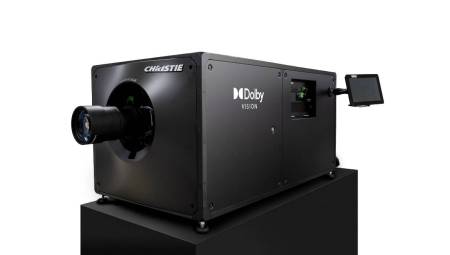 Latin America. The intelligence services and analysts of SonicWall Capture Labs, revealed the main threats of the third quarter of the year collected by the more than 1 million global security sensors of the company. The results for the year to September 2020 highlight the growing use of ransomware by cybercriminals, encrypted threats, and attacks that take advantage of non-standard ports, while the overall volume of malware declined for the third consecutive quarter.
Latin America. The intelligence services and analysts of SonicWall Capture Labs, revealed the main threats of the third quarter of the year collected by the more than 1 million global security sensors of the company. The results for the year to September 2020 highlight the growing use of ransomware by cybercriminals, encrypted threats, and attacks that take advantage of non-standard ports, while the overall volume of malware declined for the third consecutive quarter.
"For most of us, 2020 has been the year when economies nearly grind to a halt, commutes end, and traditional offices disappear," said Bill Conner, president and CEO of SonicWall. "However, the sudden emergence of remote workforces and virtual offices has provided cybercriminals with new and attractive vectors to exploit. These findings show his relentless pursuit of obtaining what is not rightfully his for profit, economic control and global recognition."
The main findings of SonicWall Capture Labs are:
- 39% decrease in malware (4.4 billion to date); volume continues to decline for the third consecutive quarter
- 40% increase in global ransomware (199.7 million)
- 19% increase in intrusion attempts (3.5 billion)
- 30% increase in IoT malware (32.4 million)
- 3% growth in encrypted threats (3.2 million)
- 2% increase in cryptojacking (57.9 million)
Decrease in malware volume as attacks become more targeted and diversified
While malware attack authors and cybercriminals are still busy working to launch sophisticated cyberattacks, SonicWall's research concludes that the global volume of malware continues to decline steadily in 2020. In a year-over-year comparison through the third quarter, SonicWall researchers recorded 4.4 billion attacks, representing a 39% drop worldwide.
Comparisons by region show that India (-68%) and Germany (-64%) have once again experienced a considerable percentage decline, as well as the United States (-33%) and the United Kingdom (-44%). A smaller number of malware does not mean that it will disappear completely. Rather, this is part of a cyclical recession that can be easily corrected in a short period of time.
IoT dependency grows along with threats
COVID-19 triggered an unexpected flood of connected devices on networks, resulting in increased potential threats to businesses struggling to remain operational during the pandemic. SonicWall Capture Labs detected a 30% increase in IoT malware attacks, a total of 32.4 million worldwide.
Most IoT devices, including voice-activated smart devices, as well as doorbells, TV cameras, and appliances, were not designed with security as a priority, making them susceptible to attacks and providing cybercriminals with numerous entry points.
"Employees often relied on network security in offices, but the growth of the remote and mobile workforce has expanded distributed networks that serve both at home and in the home office," Conner said. "Consumers need to stop and think about whether devices such as AC controls, home alarm systems or baby monitors have been installed safely. For optimal protection, professionals using virtual offices from home, especially those operating in the C-suite, should consider segmenting home networks."
Data from SonicWall's threat intelligence unit also concluded, that while cryptojacking (57.9 million), intrusion attempts (3.5 trillion) and IoT malware threats (32.4 million) are trending in first-half volume reports, they remain a threat and a source of opportunities for cybercriminals.















